A group of young skiers and their midlife mothers enjoying the end of winter up at the skifield today, caught my attention. They were enjoying a midday wine with their lunch, no doubt well deserved.
But one of them caught my attention more than the others.
Whilst she was enjoying her wine, her face was flushed red and she was mopping the sweat off her brow. As she had been sitting there for a while, I guessed that it wasn’t to do with any exertion down the ski-slope.
I was noticing them, because at that very moment, I was having a break and acquainting myself with new research on alcohol consumption and a new link to arterial stiffness. (Hwang, Muchira et al, 2022). I’ve written about arterial stiffness on numerous occasions, because I believe it is one of the most under-represented symptoms of menopause that isn’t getting spoken about.
Arterial or vascular stiffness refers to arterial wall changes which arise from gradual fragmentation and loss of the elastic fibres (elastin) and the accumulation of stiffer collagen fibres inside the arterial wall. And it appears that arterial stiffness has now caught the attention of researchers exploring the effect of alcohol consumption and binge drinking on our arteries.
Binge-drinking is defined as females consuming 4 or more alcoholic drinks (males is 5 or more) on the same occasion.
The study is an important one, not only because binge-drinking was seen to be linked to arterial stiffness, but because the transition from menopause to post-menopause, is now known to be a vulnerable time for changing cardiovascular health and liver health in women.
Arterial stiffness not only affects arteries in and around the heart, but it also affects blood vessels in the liver. The condition is one of the leading causes of high blood pressure (hypertension) in women as they age, and this in turn, may contribute to worsening hot flushes/flashes, especially as women move into post-menopause.
Yes, menopause HRT may help your clients to reduce the effect of hot flushes and reduce arterial stiffness, but it also may not. [Chiu et al, 2012].
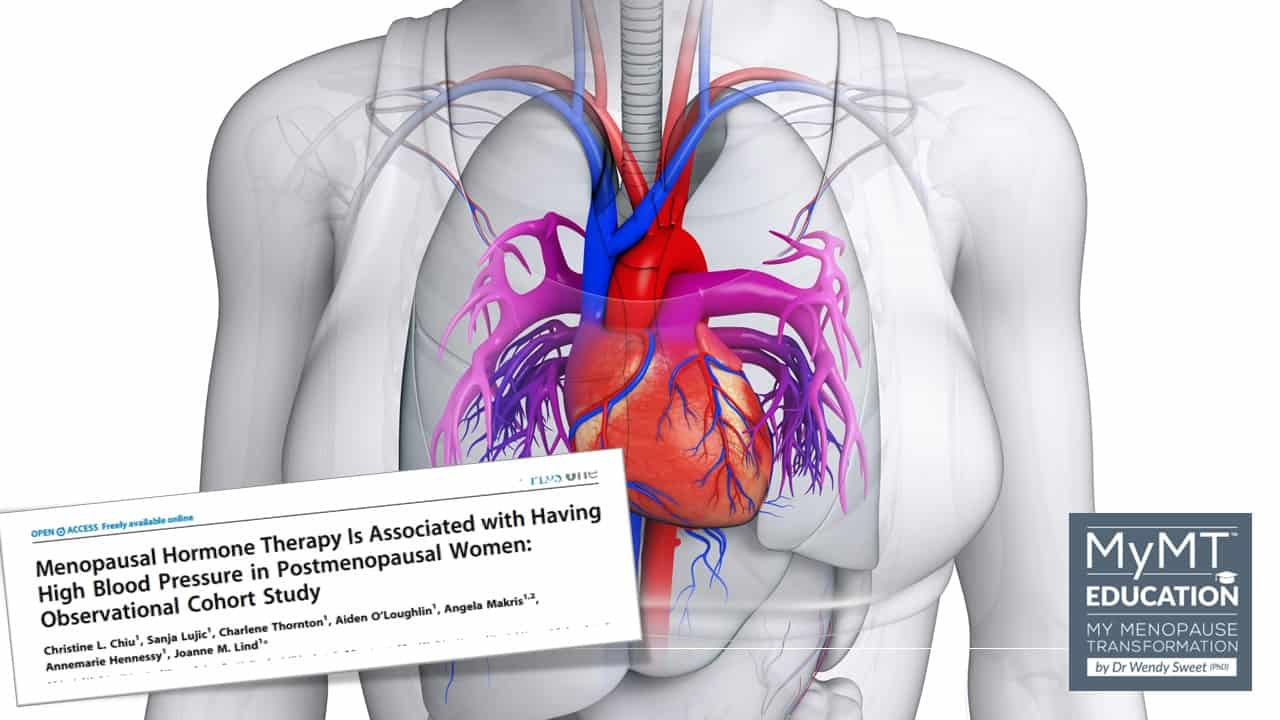
Glancing across at the lady having a hard-time of it with her red face and hot flushes, bought back so many memories for me.
It’s hard to know exactly when I made the connection between alcohol and my own hot flushes, poor sleep and embarrassing red face and menopause. But I found that all my usual wines that I had enjoyed for years, I wasn’t tolerating any more.
On reflection, it was when I moved from peri-menopause into post-menopause that I really noticed it. The more I read about the effect of alcohol on the blood vessels and our liver, the more it made sense, why alcohol and I had to figure out a new way of living together.
If this is the same for your midlife and older clients, then I have some suggestions for you below, but first, let’s get acquainted with the ageing liver.
As women move through menopause, the lovely liver doesn’t quite do the job that it used to do, and this includes, with alcohol metabolism and the enzymes that help to break down alcohol compounds and metabolize them in the body.
These enzymes are called ADH and ALDH. As these enzymes decline during the menopause transition as the liver ages, women may find that they are more sensitive to alcohol because they cannot convert all that alcohol through the usual pathways in the liver.
These enzymes are also crucial in the conversion of alcohol to energy, which the liver uses to maintain the metabolism of alcohol. The more women drink, the harder their liver is working.
The bad news is, that if women are overweight, then the liver is using alcohol for energy, and not the precious fat that you need to burn instead. That’s why excess alcohol consumption over many years, can contribute to a fatty liver, especially as women move towards post-menopause.
When alcohol energy is always available, fat starts to accumulate in the liver cells, resulting in fatty liver, with or without the weight gain.
Even for those women who are thinner and leaner and aren’t overweight, this fatty liver can still occur. As such, liver function tests are important to check during menopause so get your clients to do this with their Doctor.
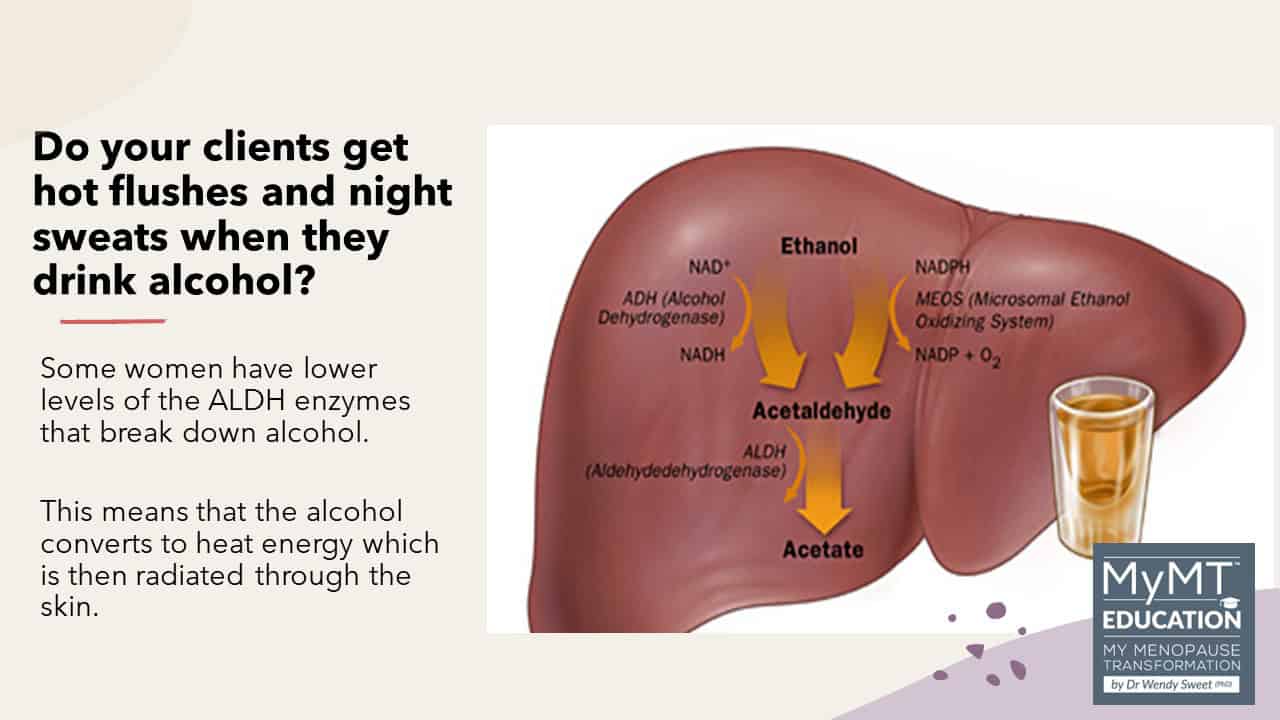
Much of the calorie energy in alcohol can’t be stored in the body, so the energy has to ‘go somewhere.
For many women, this means that their skin, especially around the neck and face, may get redder the more they drink. Because this energy cannot be stored, the alcohol (ethanol) is burned off as heat … and dissipated through the skin. For numerous women, that skin is on their face.
A red flushing face when women have alcohol means that their liver may not be very tolerant of alcohol. Alcohol is extremely hard on the liver, causing liver cells to become inflamed.
The increased intake, especially from binge-drinking may also cause blood sugar levels to crash afterwards, which leaves women exhausted. For women not sleeping during their menopause transition, this fatigue and daily exhaustion can be a double-edged sword as they reach for a glass of wine or two, at the end of a busy stressful day.
Alcohol Metabolism is also affected by the water content of muscles:
Alcohol (in the form of ethanol), distributes from the blood into all tissues and fluids in proportion to the relative content of water in the tissues. This means that alcohol also travels to muscle tissue.
With muscle density and water content of muscles changing as women move into their post-menopause years, water storage in muscle tissue may also be reduced. In turn, this affects the metabolism of alcohol in muscles as well.
Some of your clients may therefore, benefit from reducing their alcohol intake and my suggestions are below.
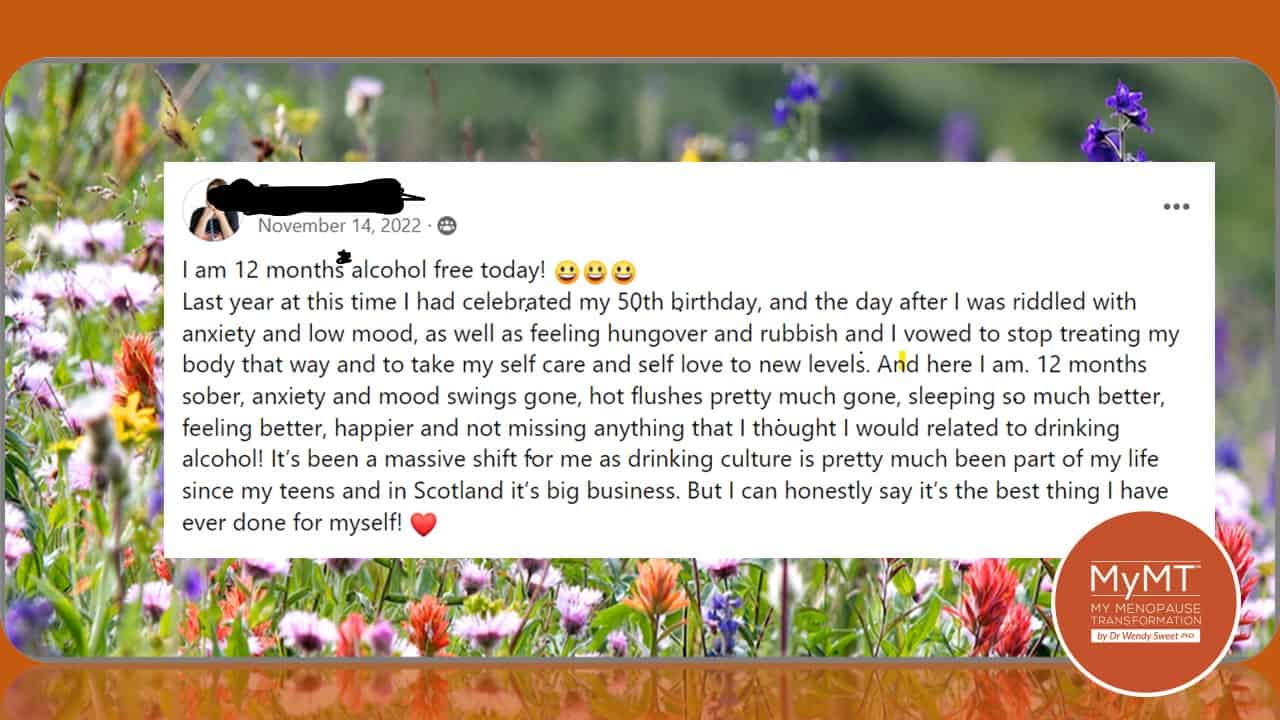
Alcohol is loved by your liver, because it supplies a ready and steady source of glucose (sugar) and glycogen (stored glucose) reserves.
At the same time however, whilst the liver is trying to take up the glucose from the alcohol, it is also trying to clear the toxins and preservatives in alcohol in order to protect the brain.
The alcohol is therefore, preventing the liver from absorbing glucose and storing it, which is what the liver wants to do. Hence, many women have cravings for more and more alcohol as the need for glucose in the liver is so great.
But women don’t need to give up their relationship with alcohol entirely, unless they want to or have addictions that need to be addressed. (See Sarah’s website below).
Alcohol is part of our socializing – I get that. And social connection is a powerful determinant of women’s health as they age. This has been a consideration of why people live longer in many Mediterranean countries where they drink wine and socialize.
So, if your clients like to have a drink then this is another important aspect for their ongoing health as they age. The power of relaxing and social connection are important determinants of women’s healthy ageing.
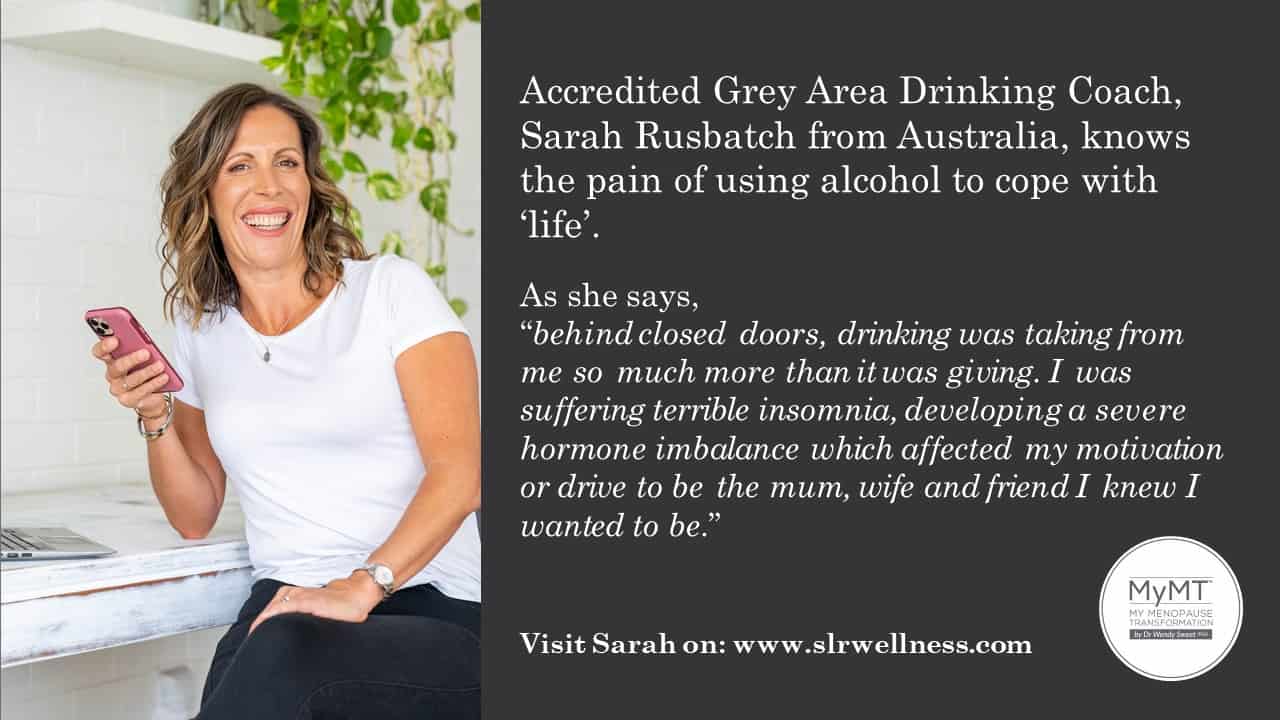
With menopause and post-menopause liver changes on my mind and the lady in the cafe up the skifield today, I have these suggestions for you to discuss with your midlife female clients, to help them to reduce hot flushes and the risk of arterial stiffness, when they have alcohol:
- Organic wine is lower in sugar and alcohol content. High sugar intake and chemicals can contribute to further overload for an ageing and changing liver.
- Add healthy, low fat protein to snacks, rather than high sugar treats or high salt carbohydrates. Protein will help to lower the effect of insulin production from the pancreas, thereby reducing blood sugar doesn’t spike.
- Get clients to place sparkling water or bottled water beside their wine glass. This might prompt them to have a balance of water and alcohol to slow down alcohol consumption.
- Don’t eat a high fat meal before socializing. The liver has to work harder to metabolize fats, especially saturated (animal) fats. So it will be busy trying to process the fats and not the alcohol and excess glucose. It can’t do both.
I hope that you can explore the MyMT™ Education Courses sometime. I would love you to learn more about the Science and Psychology of Menopause to help you to help your midlife clients. If you have questions about any of these courses, then please email georgia@mymenopausetransformation.com – she would love to hear from you.
Dr Wendy Sweet (PhD)/ MyMT™ Founder and Member: Australasian Society of Lifestyle Medicine.
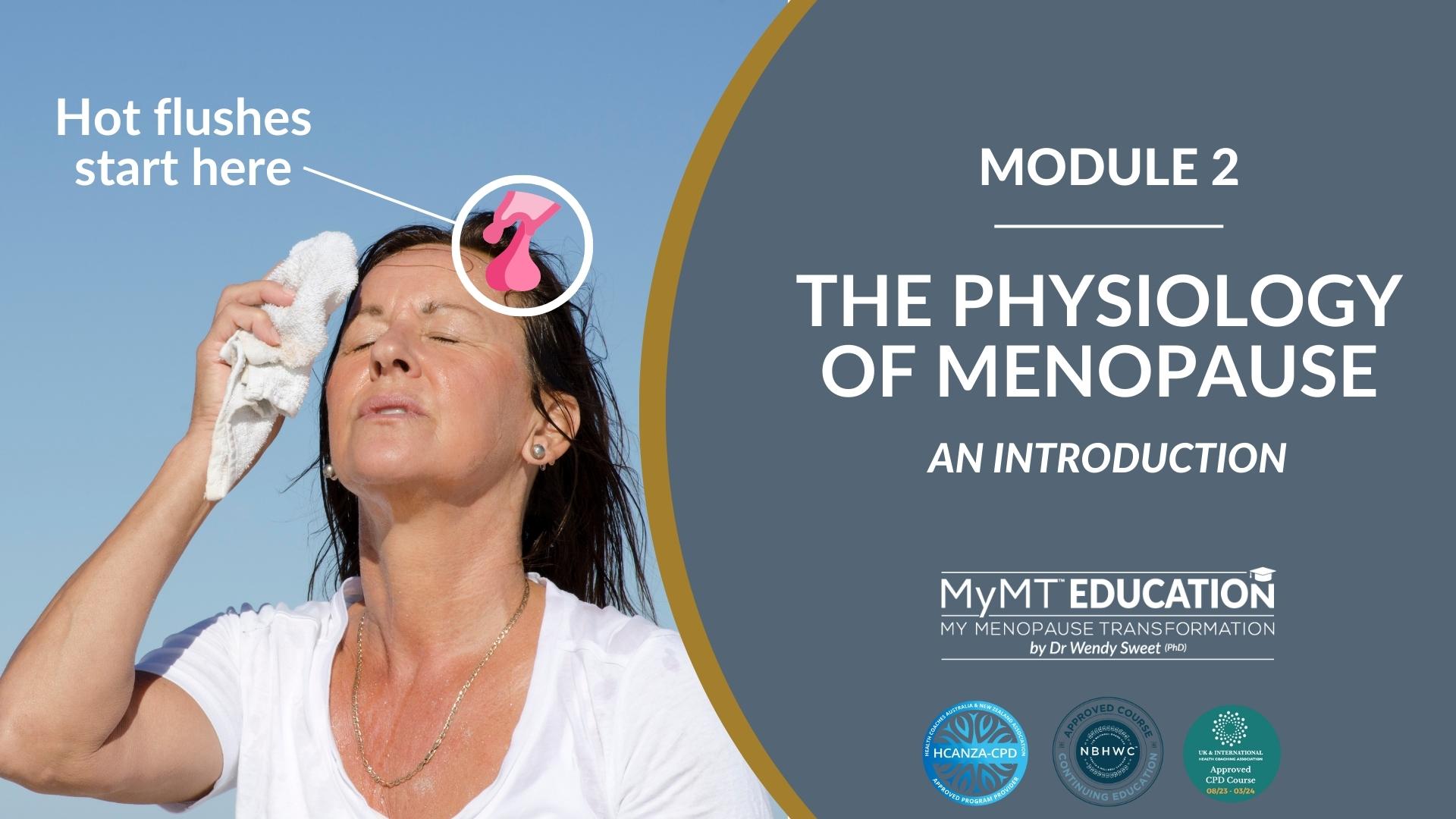
References:
Brady, C. (2015). Liver Disease in Menopause. World Journal of Gastroenterology, 21(25), 7613 – 7620.
Chiu CL, Lujic S, Thornton C, O’Loughlin A, Makris A, Hennessy A, Lind JM. Menopausal hormone therapy is associated with having high blood pressure in postmenopausal women: observational cohort study. PLoS One. 2012; 7(7):e40260.
Cogger, V., Hilmer, S. & Svistounov, D. (2011). Current Gerontology and Geriatrics Research, Article ID 150364, 1-3.
Hee Kim, Kisselina, T & Brenner, D. (2015). Aging and liver disease. Curr Opin Gastroenterol. 31(3): 184–191.
Hwang CL, Muchira J, Hibner BA, Phillips SA, Piano MR. Alcohol Consumption: A New Risk Factor for Arterial Stiffness? Cardiovasc Toxicol. 2022 Mar;22(3):236-245.
Roeca, C., Al-Safi, Z., & Santoro, N. (2018). The Post-Menopausal Women. https://www.ncbi.nlm.nih.gov/books/NBK279131/
Schilling, C. et. al (2008). Current Alcohol Use, Hormone Levels, and Hot Flashes in Midlife Women. Fertil Steril., 87(6): 1483–1486. National Institute of Health.

